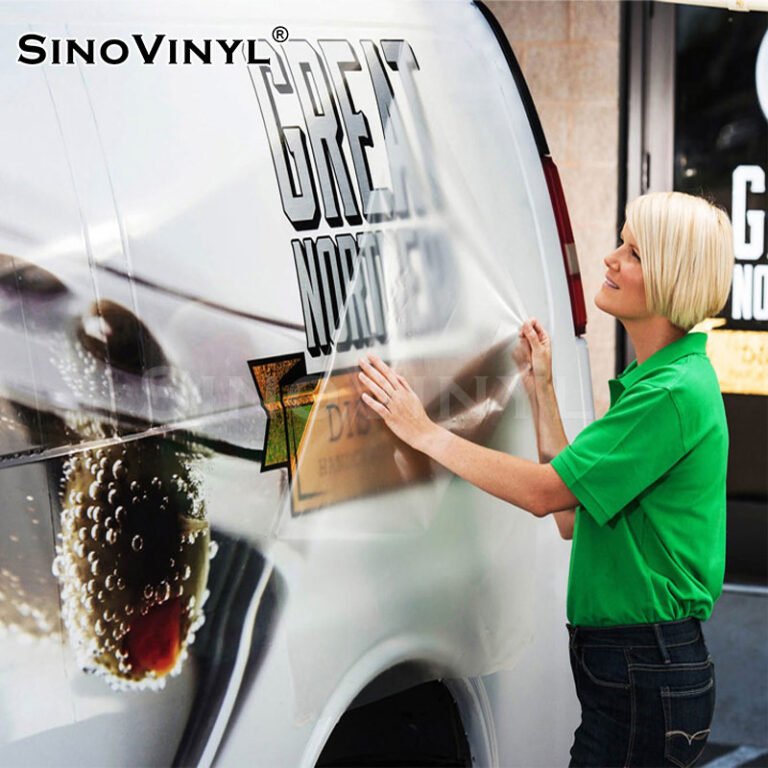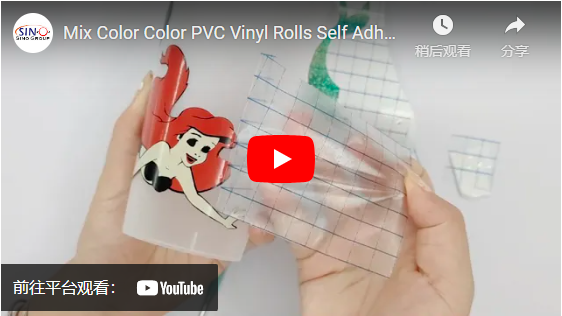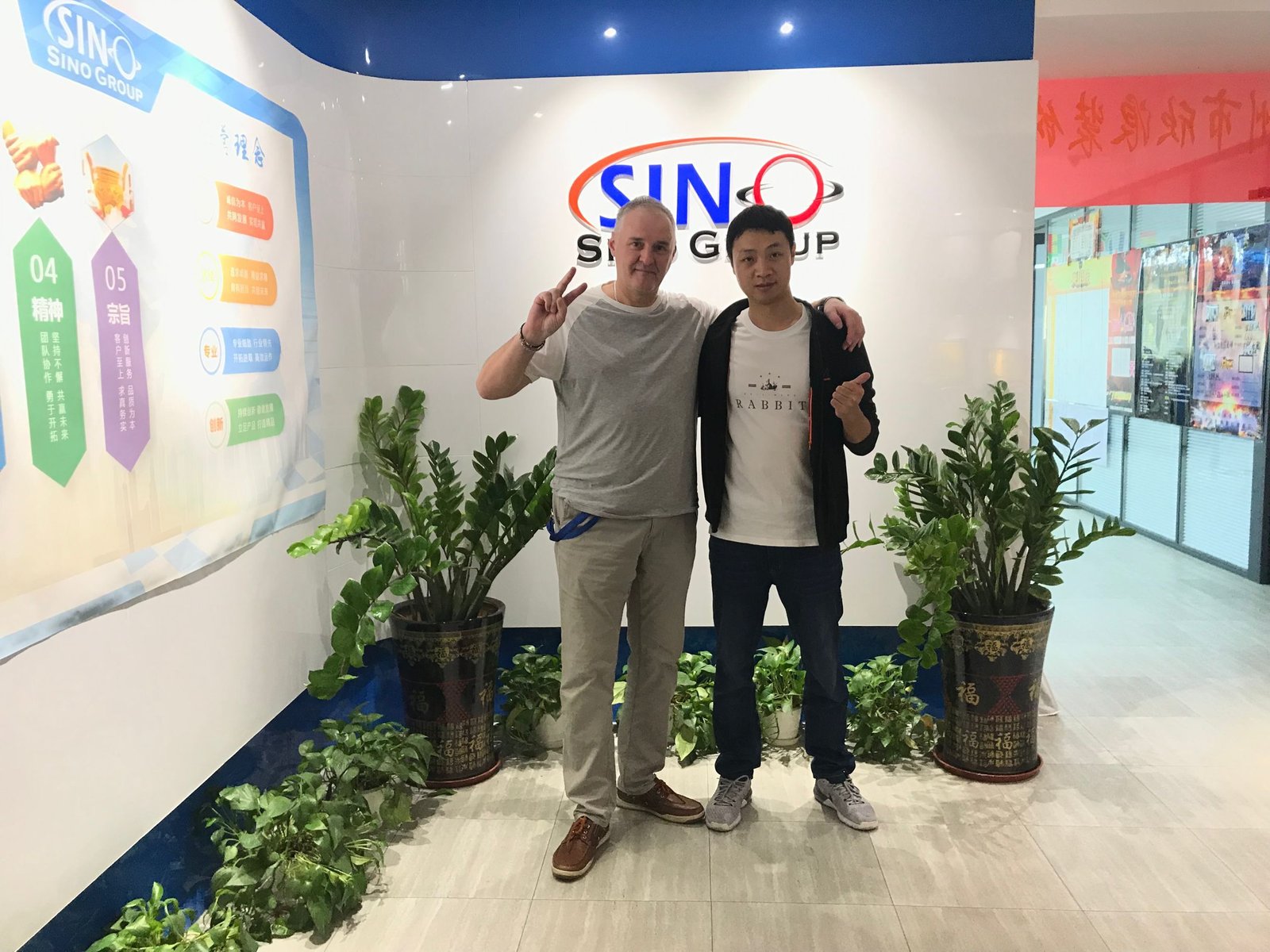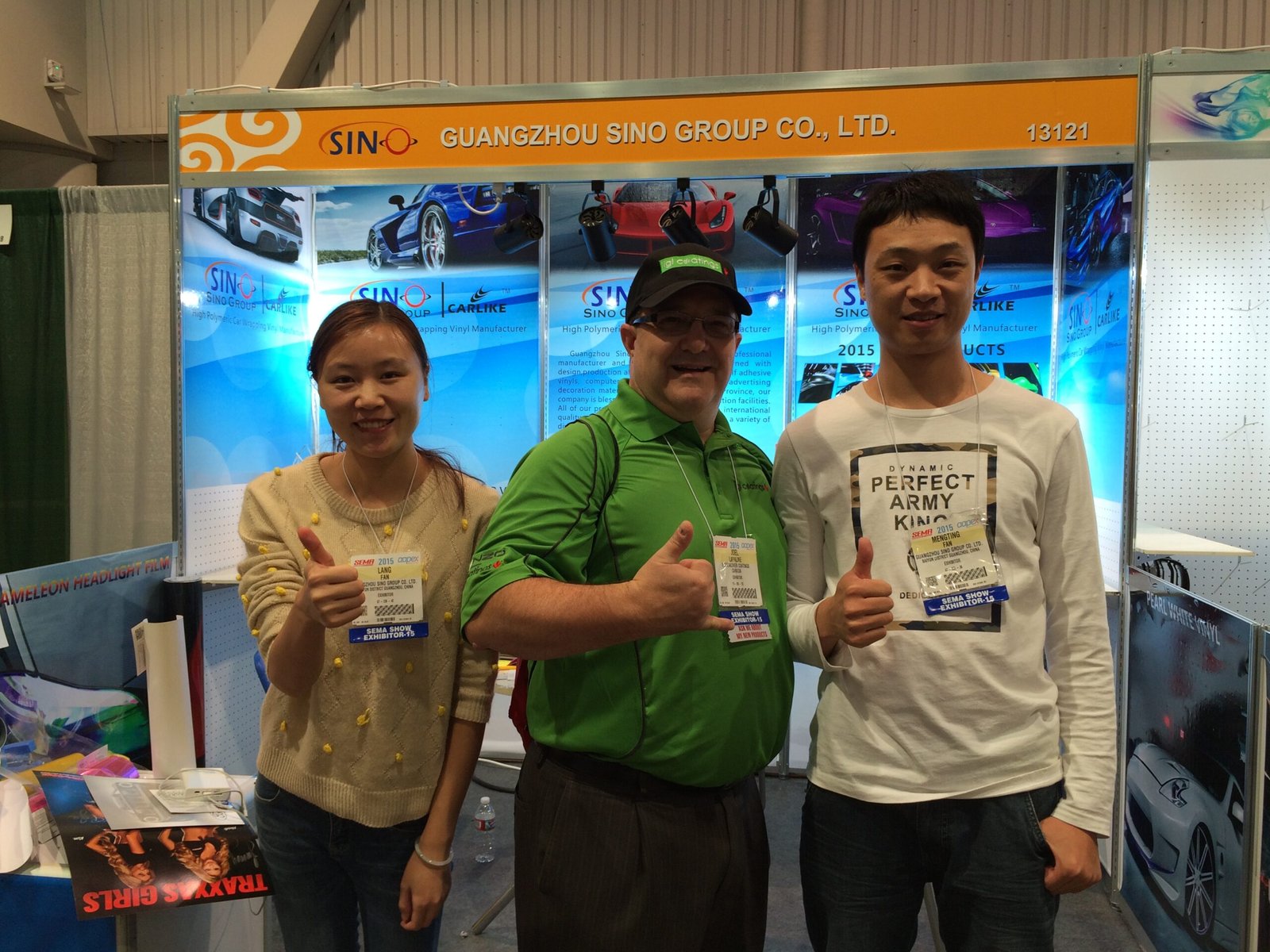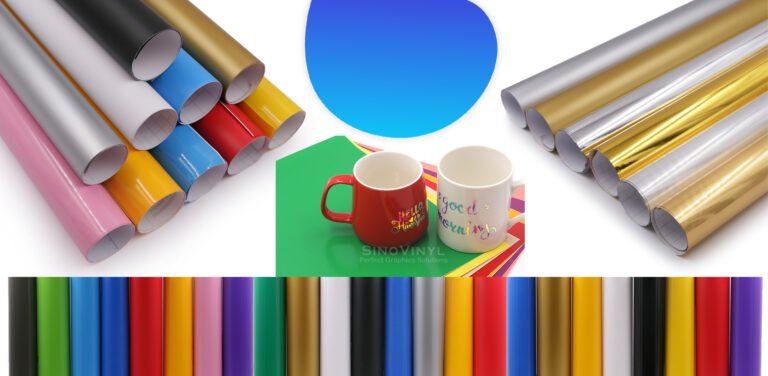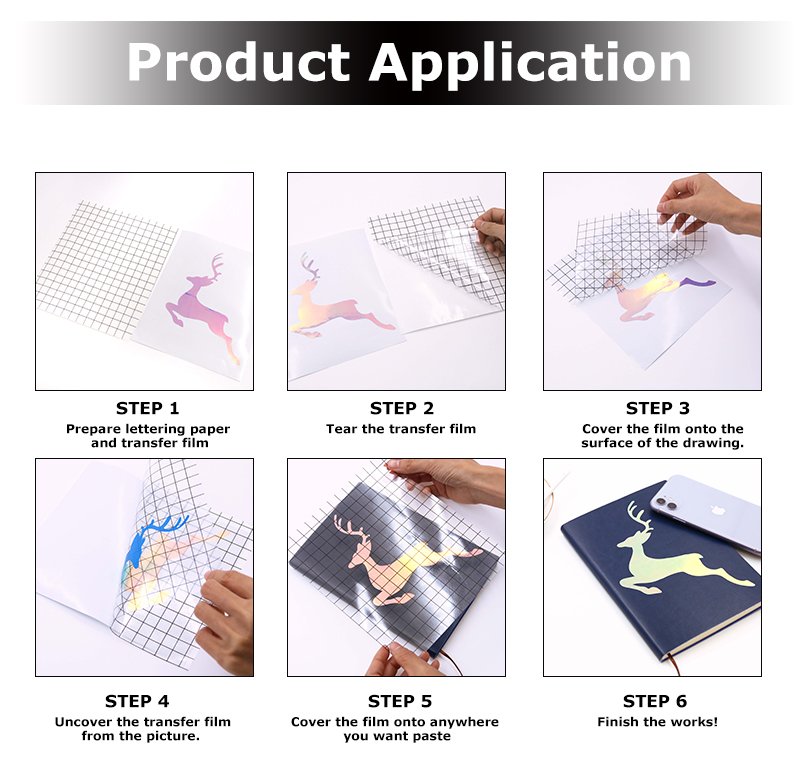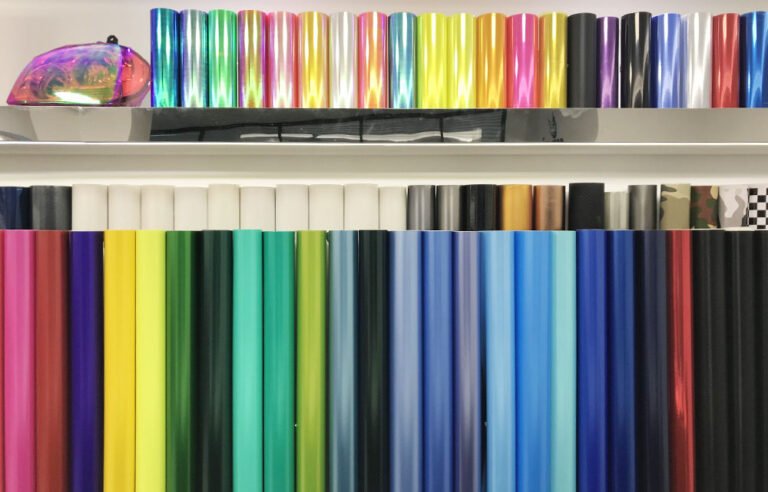How do you prevent air bubbles and wrinkles during the transfer process?
Here are some tips to help you avoid these issues:
1. Preparation
– Ensure that both the surface you’re applying the vinyl to and the transfer tape are clean and free of dust, dirt, and moisture. Any debris can create imperfections during the transfer.
2. Slow and Controlled Application
– Take your time when applying the transfer tape onto the vinyl design. Avoid rushing the process, as this can lead to mistakes.
– Use a squeegee or a credit card to gently press down the transfer tape onto the vinyl design. Start from the center and move outward, applying even pressure, which helps to push out air bubbles as you go.
3. Angle of Application
– Apply the transfer tape at a slight angle (about 45 degrees) to the vinyl design. This can help minimize the chances of trapping air bubbles under the tape.
4. Hinge Method
– For larger designs, use the hinge method: Apply a small piece of transfer tape to one edge of the vinyl design, acting as a hinge. This allows you to flip the design up and remove the backing paper while keeping the vinyl in place. Once the backing is removed, carefully lower the design and press down from the hinged edge, gradually smoothing out the rest of the design.
5. Controlled Removal of Backing
– When peeling the backing paper off the vinyl, do it slowly and at a low angle. This minimizes the chances of lifting the vinyl off the transfer tape and reduces the risk of wrinkles.
6. Burnishing
– After applying the vinyl to the target surface, use a squeegee or your fingers to gently press down and “burnish” the vinyl onto the surface. Start from the center and work outward to ensure a strong bond and to eliminate any remaining air bubbles.
7. Pop Air Bubbles
– If you do notice small air bubbles after applying the vinyl, you can carefully pop them with a pin or needle. Gently press down on the area to smooth out the vinyl.
8. Use High-Quality Transfer Tape
– Investing in a high-quality transfer tape can make a significant difference in preventing air bubbles and wrinkles. Some tapes are designed to have a better release and adhesion, which can result in smoother transfers.
9. Practice and Patience
– Vinyl application takes practice, so don’t be discouraged if you encounter some issues initially. And the more you practice, the better you’ll become at avoiding air bubbles and wrinkles.
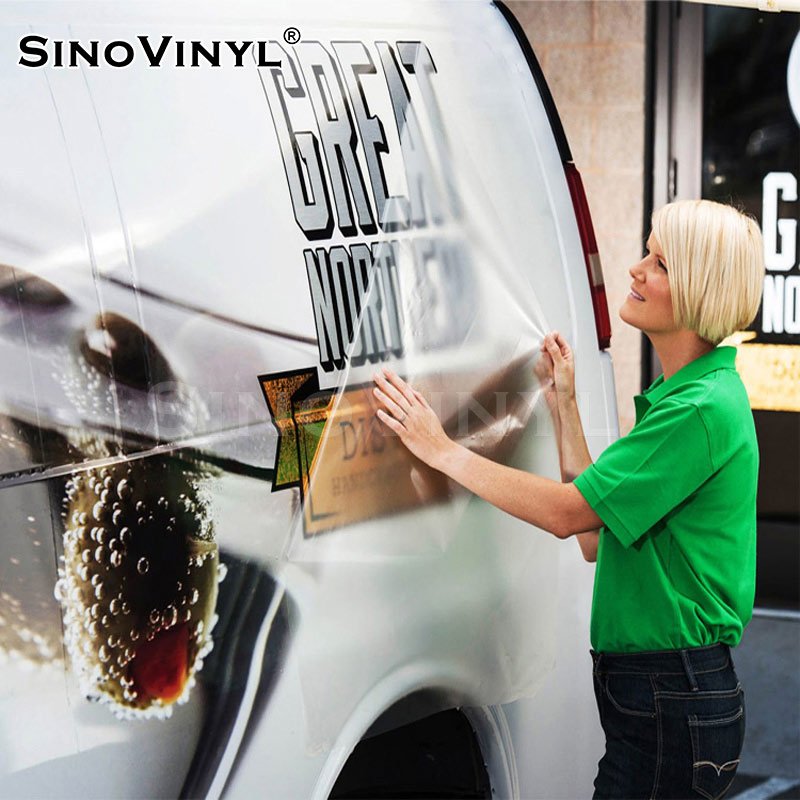


What steps should you take to ensure a smooth and successful transfer of the vinyl design?
To ensure a smooth and successful transfer of a vinyl design using transfer tape, follow these steps:
1. Prepare Your Work Surface
– Start with a clean and smooth surface where you intend to apply the vinyl design. Ensure it’s free from dust, dirt, and oils.
2. Cut and Weed the Vinyl Design
– Cut your vinyl design using a cutting machine (e.g., , Silhouette) or by hand if needed.
– Weed the excess vinyl, removing the parts you don’t want on the final design using a weeding tool.
3. Trim Transfer Tape to Size
– Cut a piece of transfer tape slightly larger than your vinyl design.
4. Peel Off the Transfer Tape Backing
– Gently peel the backing off the transfer tape, exposing the adhesive side.
5. Align and Place the Transfer Tape
– Position the adhesive side of the transfer tape over your weeded vinyl design, aligning it carefully.
6. Press and Smooth the Transfer Tape
– Start from the center of the transfer tape and press it down onto the vinyl design, gradually moving outward.
– Use a flat, smooth tool like a squeegee or credit card to firmly press the transfer tape onto the vinyl. This helps to ensure good adhesion and to remove any air bubbles.
7. Peel Off Vinyl Backing
– Slowly peel the backing off the vinyl, making sure the vinyl adheres to the transfer tape. If parts of the design stick to the backing, press them back down onto the transfer tape and re-squeegee if necessary.
8. Apply the Vinyl Design
– Position the transfer tape with the vinyl design over the target surface. Make sure it’s aligned properly.
– Once aligned, press down the transfer tape and vinyl design onto the surface, starting from the center and working your way out.
9. Smooth and Secure the Vinyl
– Again, use the squeegee or a similar tool to smooth the vinyl onto the surface, pressing out any air bubbles or wrinkles.
10. Peel off Transfer Tape
– Slowly peel back the transfer tape at a 45-degree angle. Peel back on itself, not up. This helps prevent lifting the vinyl off the surface.
11. Inspect and Finish
– Carefully inspect the vinyl design on the surface to ensure it’s properly adhered and free of any defects.
– If needed, press down any areas that didn’t adhere well and re-squeegee.
12. Allow Time to Set
– Depending on the adhesive used and the vinyl type, it might be beneficial to let the design sit for a few hours before handling or moving.
Remember, practice makes perfect! It’s a good idea to practice on a scrap piece of material before applying your vinyl design to your final project. Be patient and take your time during each step for the best results.

